Category: Power Tools
-
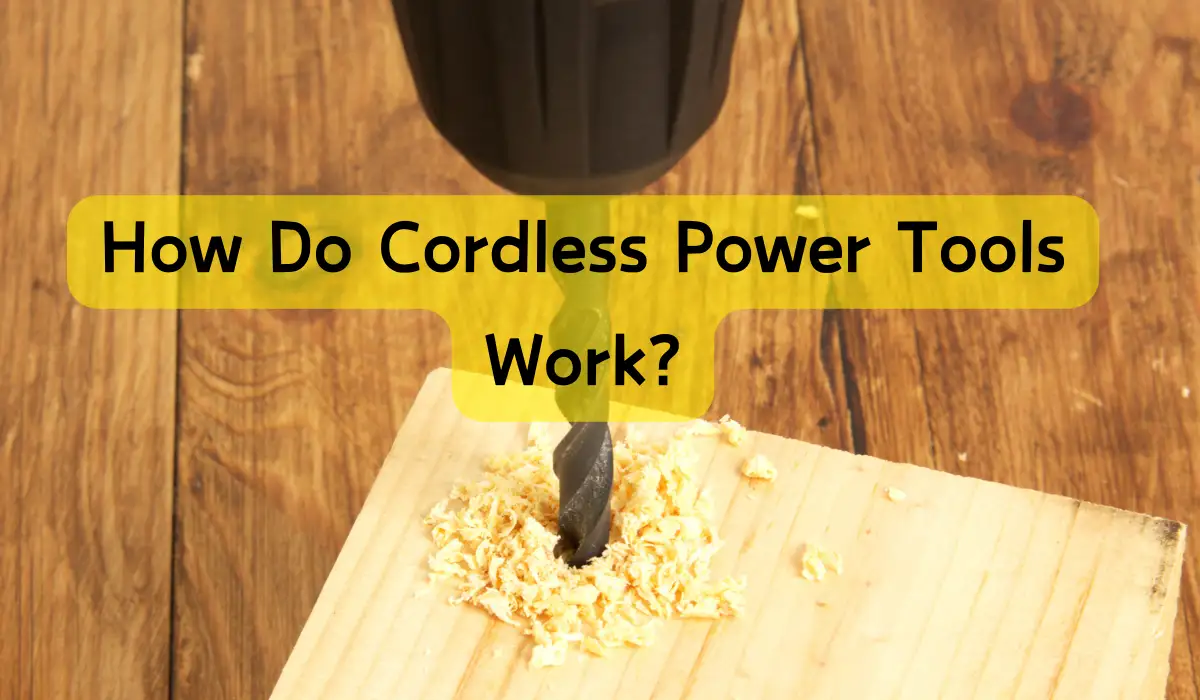
How Do Cordless Power Tools Work?
You’re about to discover the inner workings of cordless power tools. It all starts with advanced lithium-ion batteries that store energy, boasting high power density and low self-discharge rates. These batteries power brushless motors, which convert electrical energy into motion using electromagnetic induction. The motor’s design regulates speed and torque, while the power transmission system…
-
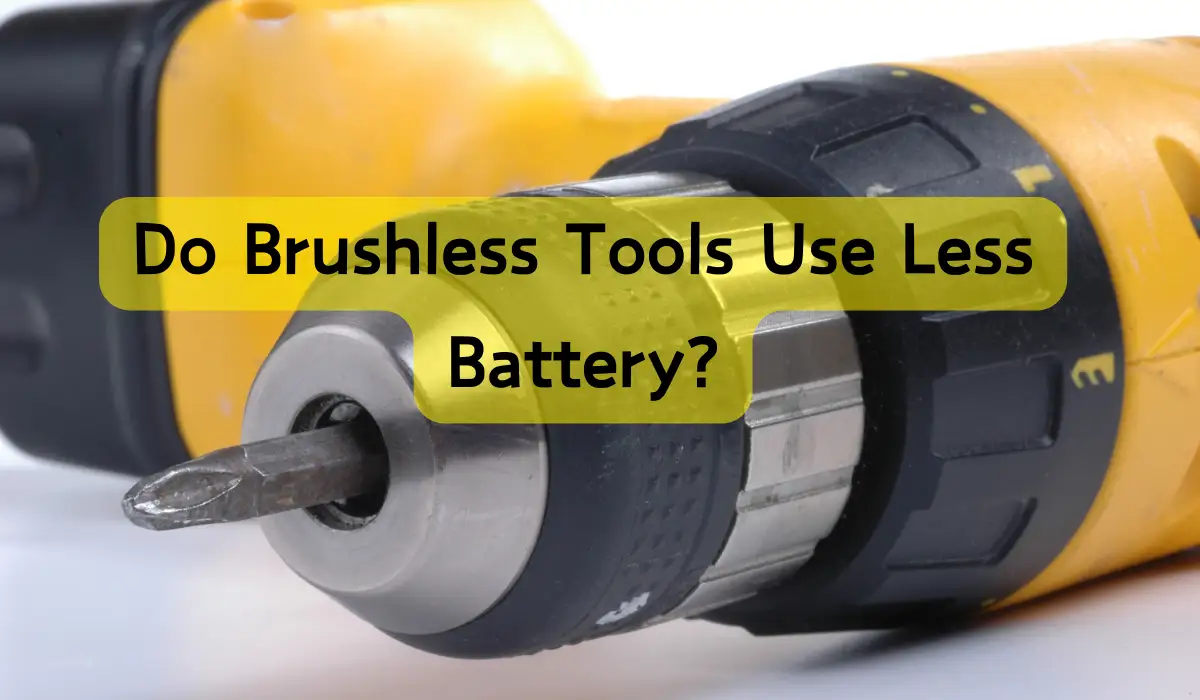
Do Brushless Tools Use Less Battery?
You’ll get more mileage out of your batteries with brushless tools, which are designed to minimize energy waste and optimize power consumption. By precisely controlling the motor’s speed and torque, brushless tools reduce energy loss and maximize efficiency. This means you’ll get up to 50% more runtime compared to brushed counterparts, allowing you to complete…
-
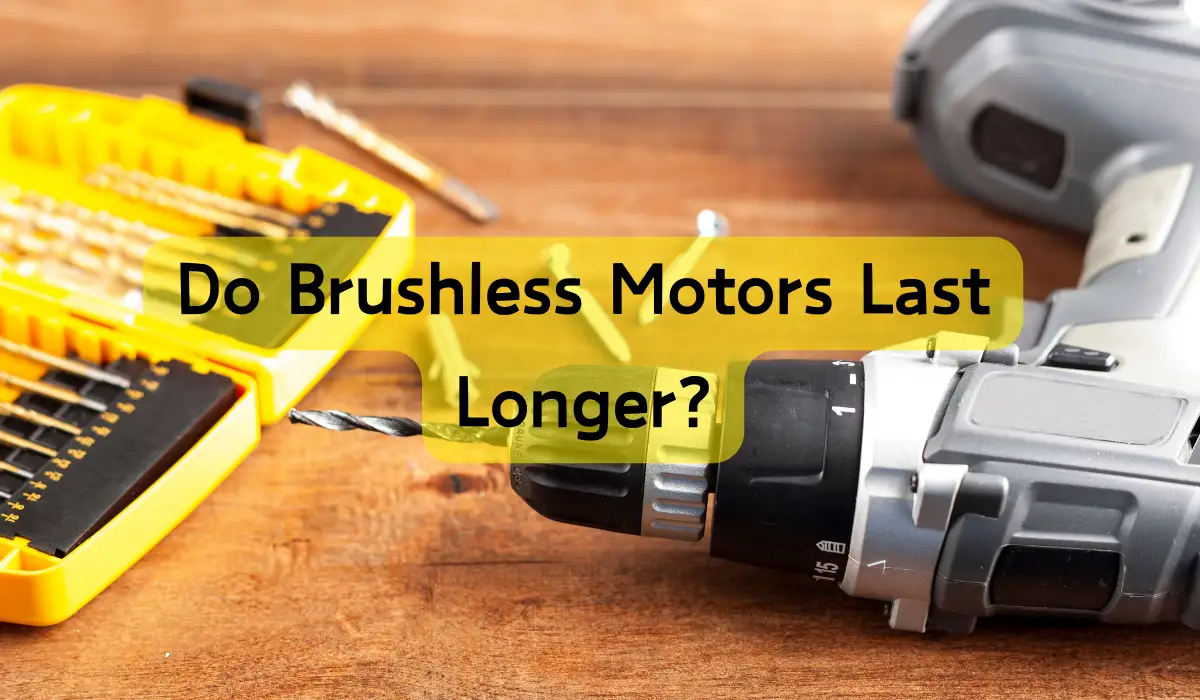
Do Brushless Motors Last Longer?
You can expect a brushless motor to last substantially longer than a traditional brushed motor, thanks to its design advantages that eliminate the primary cause of motor wear and tear. With fewer moving parts, brushless motors reduce wear and tear, operate at higher speeds without overheating, and withstand harsh environments. They also require minimal maintenance…
-

Can Cordless Drills Drill Metal?
You can drill through metal with a cordless drill, but it requires the right combination of power, speed, and torque, as well as the correct drill bit selection and understanding of metal thickness and drill ability. You’ll need a drill with sufficient power and speed to efficiently penetrate metal, and choosing the right drill bit…
-
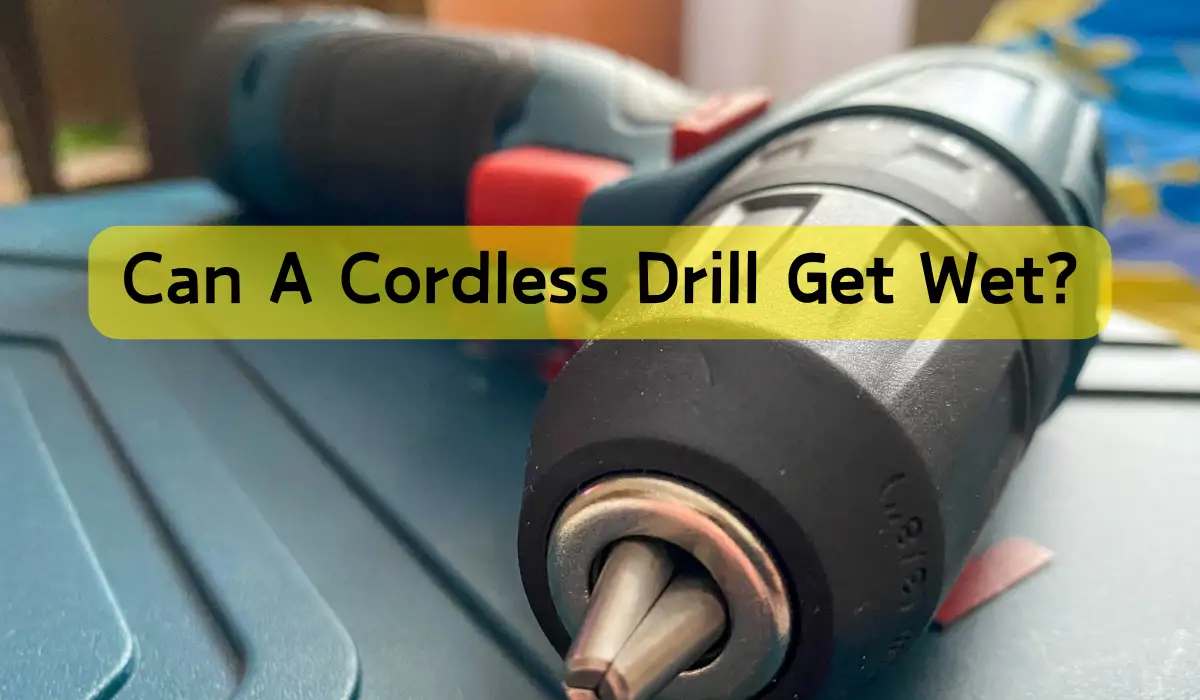
Can a Cordless Drill Get Wet?
You can use your cordless drill in damp or wet conditions, but it’s essential to understand its water resistance limits to prevent damage. Check your drill’s IP rating to know its level of protection against water exposure. A higher rating means better protection, but it’s still important to handle the drill safely in wet conditions.…
-
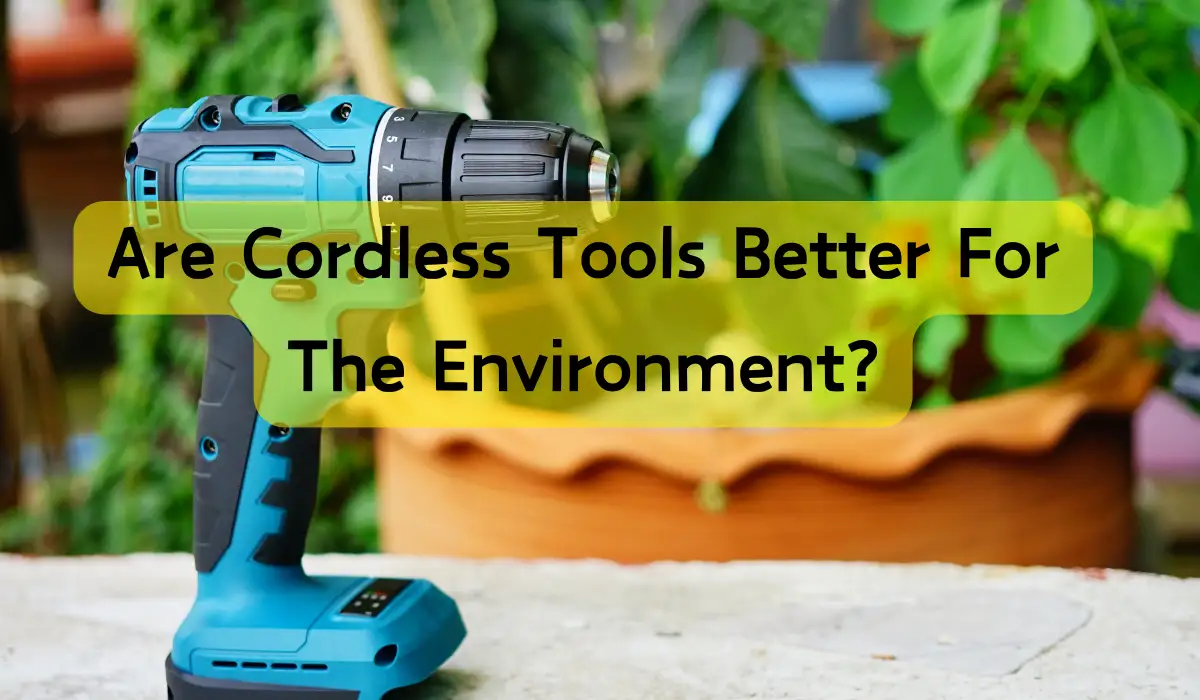
Are Cordless Tools Better for the Environment?
You’re likely considering switching to cordless tools because you’re aware of the devastating environmental impact of traditional gas-powered and corded tools. The mining of raw materials for traditional tools can contaminate water sources, displace communities, and release toxic gases. In contrast, cordless tools produce zero emissions during operation and use up to 70% less energy…
-
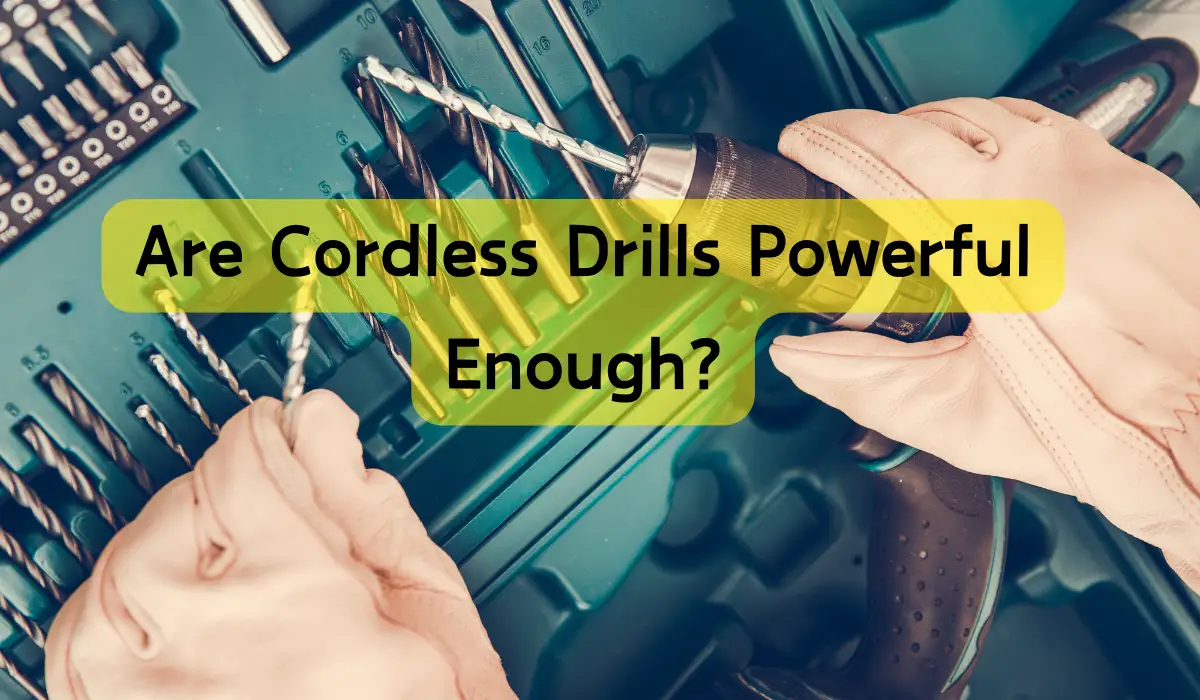
Are Cordless Drills Powerful Enough?
You’ll be surprised to learn that modern cordless drills have closed the power gap with their corded counterparts, offering enough oomph to tackle heavy-duty projects, thanks to advancements in battery technology and motor design. With brushless motors providing more power and efficiency, cordless drills can handle demanding tasks. Real-world testing proves they can drive large…
-
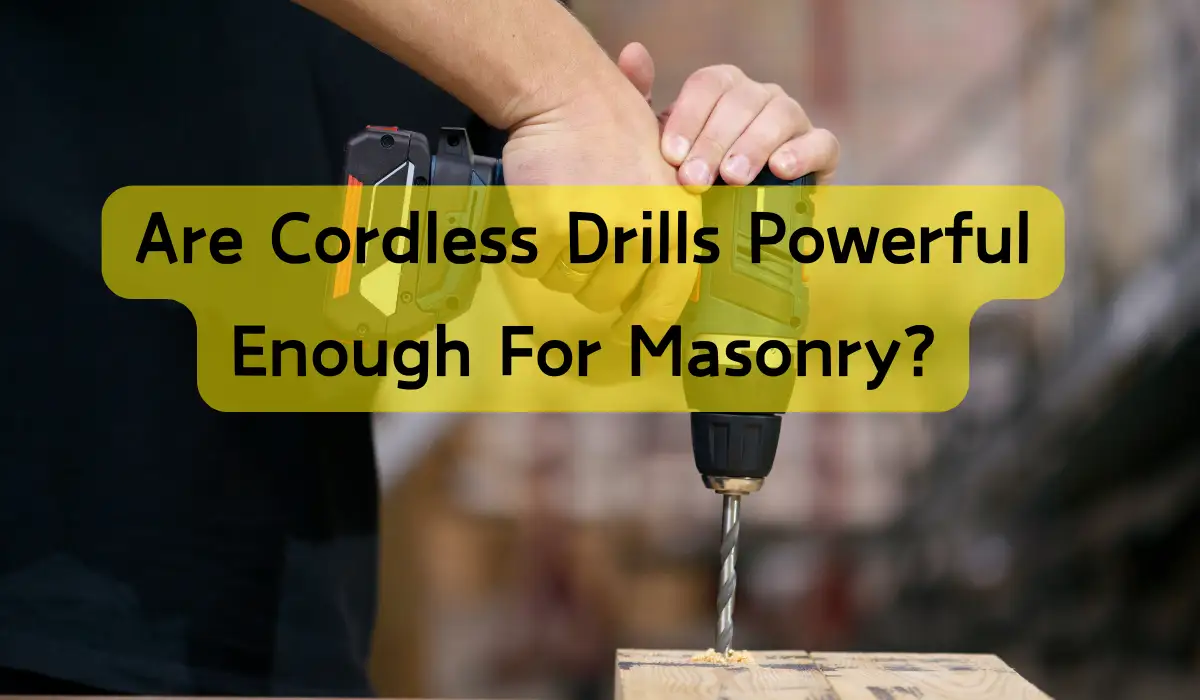
Are Cordless Drills Powerful Enough for Masonry?
You can tackle demanding masonry tasks with a cordless drill, but only if it packs enough power, specifically a minimum of 18V or 500W, to handle dense materials like concrete and brick. Look for a drill with a higher wattage or voltage rating to tackle tougher masonry tasks. Brushless motors and advanced battery technology have…
-

Are Cordless Drills Better Brushed or Brushless?
You’re wondering if your cordless drill is better off with a brushed or brushless motor. The answer lies in your needs and preferences. Brushed motors are affordable, easy to maintain, and suitable for light tasks, but they’re less efficient and more prone to wear and tear. Brushless motors, on the other hand, are more efficient,…
-
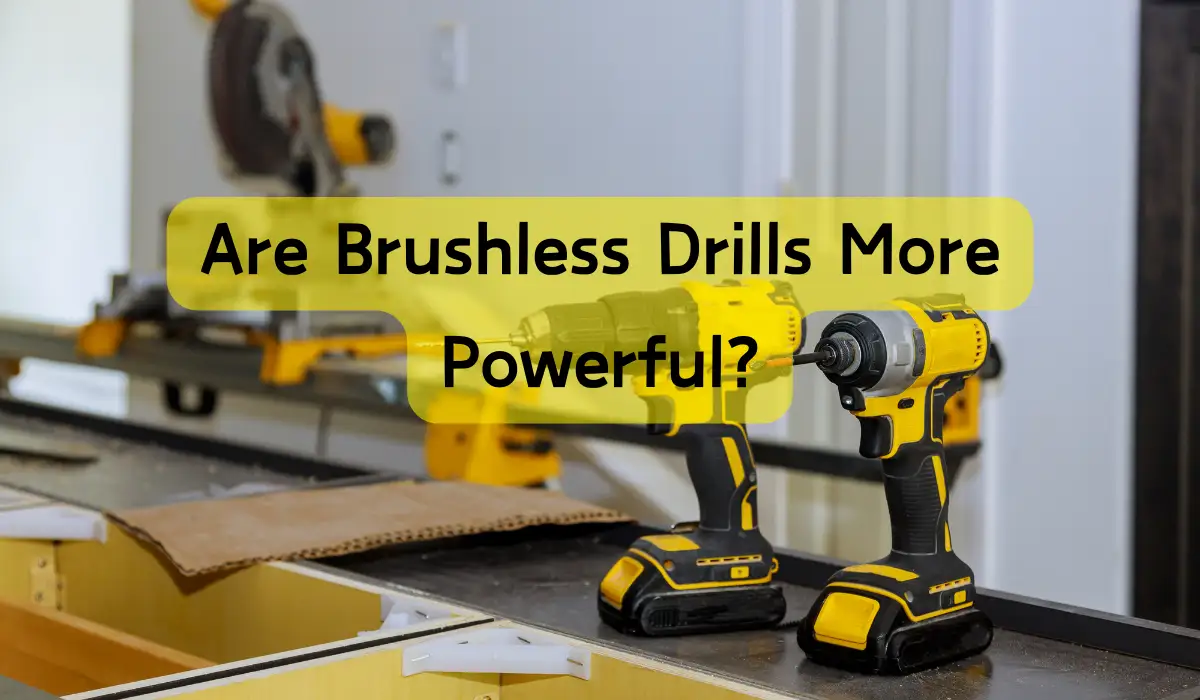
Are Brushless Drills More Powerful?
You’ll find that brushless drills generally outperform their brushed counterparts in respect to power and efficiency, thanks to advanced electronics that optimize energy distribution and minimize energy loss. Brushless motors eliminate the energy-wasting friction found in brushed motors, allowing them to deliver more power and torque, especially at low speeds. This makes them better suited…
